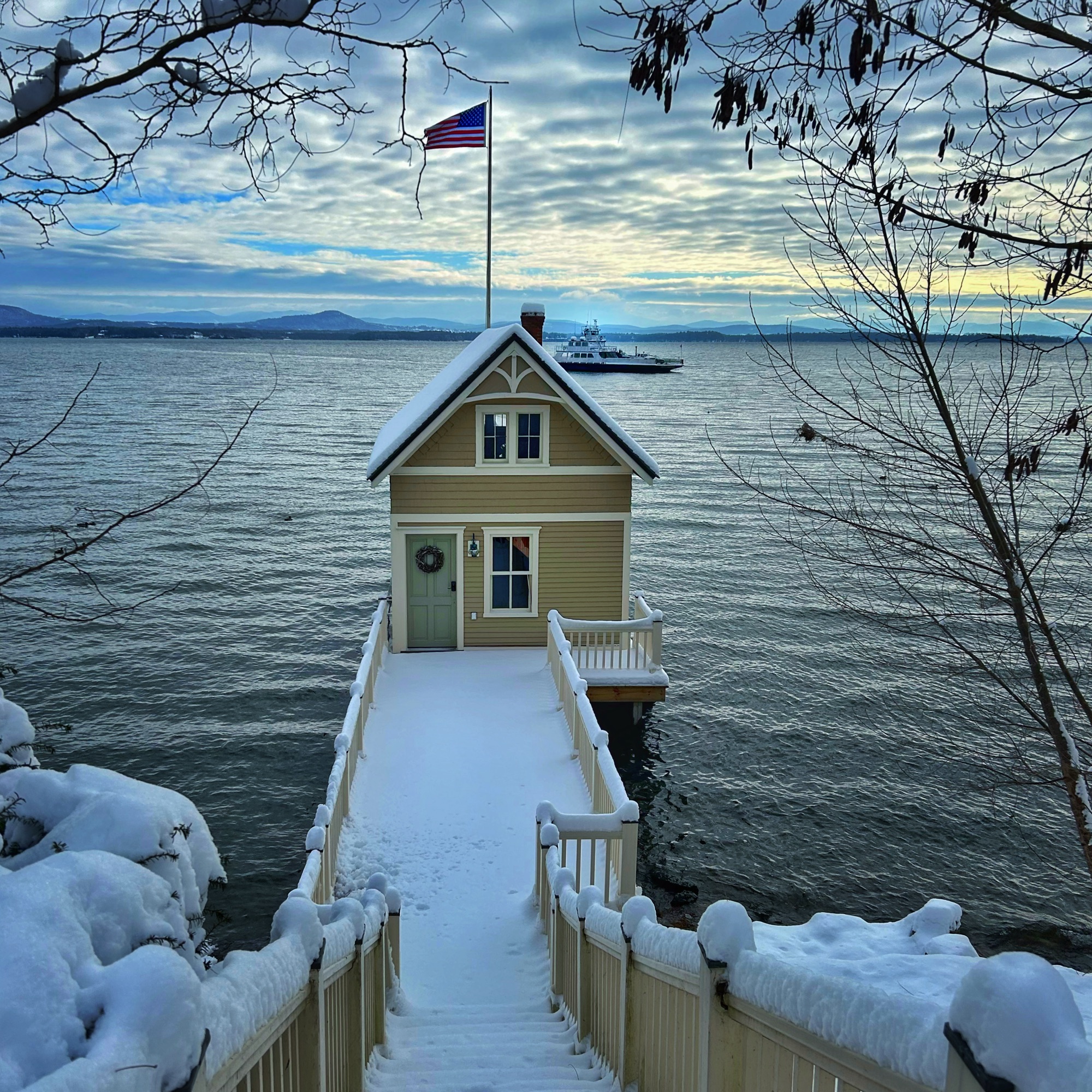When I was a boy my father used to remind me, “Everything has a life.” People, yes. Dogs and cats, yes. But also sneakers and bicycles. If you take care of your sneakers and bicycles (and everything else) as well as you take care of people and pets, they will live longer. This reminder, usually surfaced when I failed to take care of my possessions or — gasp! — something that I had borrowed from my father.
Longevity was a virtue deeply ingrained from early on, and the concept of living a very long life presumably occupies pride of place in the longevity pantheon. Or so I assumed for many years. But my perspective has shifted slowly.
What are your thoughts on the concept of living a very long life?
An early moribund fascination with the Romantics, kindled a suspicion that I would die young. Although grounds for my suspicion rested on affinity and intuition rather than logic and evidence, grappling with this possibility expanded my early assumption that longevity is some sort of holy grail. I began to understand that some people lived more in 50 years than others lived in 100 years. Longevity, in a sense was an extremely subjective metric.

Paul Zweig’s The Adventurer found me at 19 or 20 and inspired me to revisit some of my favorite books (Don Quixote, The Odyssey, Zarathustra, Black Elk Speaks, Heart of Darkness). A long life paled in comparison to an adventurous life, a passionate life, a meaningful life,… My metric was evolving.
In my early/mid 20s, living in Santa Fe, New Mexico, I grew fascinated with artifacts of prehistory as well as precolonial cultures still extant. My perspective on longevity, endurance, time, oldness, newness once again morphed. This 3-1/2 year period coupled with a 3-1/2 year period living in France and Italy, tempered my youthful enthusiasm for newness. In a sense, taking care of myself and my possessions was an effort to preserve newness. Longevity and endurance began to offer a more nuanced window into the arc of life, the beauty and wisdom of oldness.
Wabi-sabi emerged initially as an aesthetic overlap of increasingly appealing elements. At first it was mostly an attraction to physical objects, spaces, and environments. Visual, yes, also textural. My earliest memories (and nightmares) are inextricably recorded in texture. It took me many years to translate this visceral mode of interaction and perception into language that others would understand. Texture is an imperfect word for my sensory engagement which encompasses tactile, visual, auditory, and emotional elements. At almost 52 years of age I still struggle to articulate this intrinsic mode of being in the world, and rereading this paragraph it’s clear to me, that I will need to revisit this subsequently. Perhaps I will streamline my thoughts through redaction. Perhaps I will just take another swing at it in a separate post. For now, I hope that you’ll excuse my short shrift so that I may return to my “thoughts in the concept of living a very long life.” For now, I’ll put a pin in it (as pundits are want to say) until I can better develop my understanding of texture.
While attraction to wabi-sabi was born of aesthetic affinity, it increasingly became a convenient catchall for gathering together my thoughts on longevity versus transience. It has helped me reframe my obsession with authenticity, and it has nourished my comfort with ephemerality.

Leave a Reply